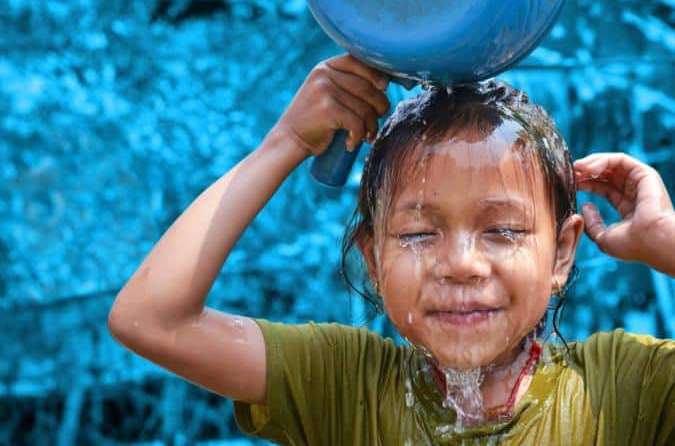In a recent report by the United Nations (UN), a concerning reality has come to light – nearly half of all children in Europe and Central Asia are facing the grave risks of heatwaves. As global temperatures rise, heatwaves have become more frequent and severe, presenting significant challenges for our youngest and most vulnerable citizens. This article delves into the gravity of the heatwave threat, its profound implications on children’s health and overall well-being, and the urgent need for concerted efforts to protect their future.
The Escalating Heatwave Menace
The UN’s report, issued in July 2023, shines a spotlight on the escalating heatwave crisis engulfing Europe and Central Asia. Defined by prolonged periods of intense heat, heatwaves have been on the rise due to climate change. These extreme weather events have become a substantial hazard, particularly impacting the health and safety of our children, warranting immediate attention and action.
Heatwave Impacts on Children’s Health
Heatwaves pose significant health risks for children, with their developing bodies less adept at regulating temperature. Heat-related illnesses, such as heat exhaustion and heatstroke, have become a pressing concern. Furthermore, exposure to extreme heat can exacerbate respiratory conditions and allergies, compromising their overall respiratory well-being. The deteriorating air quality during heatwaves, characterized by heightened air pollutants, places added stress on their delicate respiratory systems.
Educational Disruptions
The consequences of heat waves extend beyond physical health; they also disrupt educational environments in schools. The oppressive heat can hinder children’s concentration, adversely affecting their academic performance. In some cases, extreme temperatures may necessitate temporary school closure to ensure the safety of both students and staff.
Vulnerable Communities at Risk
Certain vulnerable communities within Europe and Central Asia bear a disproportionate burden during heatwaves. Low-income families and those with limited access to cooling facilities are at higher risk. Among these vulnerable groups, children with their unique vulnerabilities and reliance on caregivers for protection, are particularly susceptible to the advance effects of extreme heat.
Collective Action for Resilience
Addressing the heatwave threat requires collaborative action from governments, organizations, and communities. Climate change mitigation becomes a top priority, necessitating strategies to curb greenhouse gas emissions and mitigate the frequency and intensity of heatwaves. Investing in climate-resilient infrastructure, such as cooling centers and green spaces, can offer much-needed relief during heatwave events.
Promoting Public Awareness
Public awareness campaigns play a vital role in empowering parents, caregivers, and children with knowledge on heatwave preparedness. Equipped with heat-avoidance strategies and proper hydration practices, communities can better shield their children from the adverse impacts of extreme heat.
Conclusion
The UN’s report serves as a clarion call to address the escalating heatwave vulnerability faced by children in Europe and Central Asia. As global temperatures continue to soar, it is our collective responsibility to protect the well-being of our most vulnerable population. Through concerted efforts to combat climate change, investment in resilient infrastructure, and heightened public awareness, we can create a safer and healthier environment for our children, securing a sustainable and promising future for generations to come.




